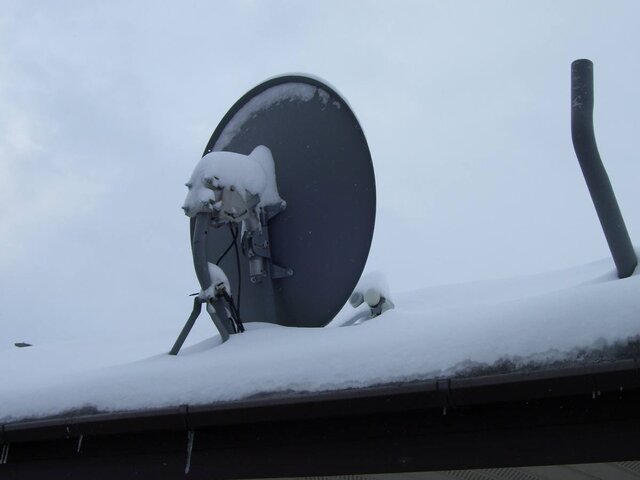You'll find Christian broadcasts all over 97W (along with Islamic, Buddhist and other programming). The news programming that I'm aware of is Jewish News 1 (Headline news with Jewish interest slant); CNC World News (China -- and pretty good); Russia Today (you can figure it out -- but for a North American audience); Al Etejah (Iraq -- but surprisingly good, especially for Middle East events). Ebru TV also has a news hour, as does Kuwait TV 2 (not so good in my opinion), and I'm sure Pat Robertson's CBN can be found on various stations. All of these are in English and all on 97W.
Regular NBC feeds can be found on both 72W and 103W, but can be irregular. Reuters has a feed on 113W. ABC has their NewsOne feed on 91W. As a news junkie, you'll love FTA, because there are daily unpublished feeds that can appear from a few minutes to several hours. The top things broadcast are sports and news! So you'll see the first generation picture of satellite uplinks from major (and not so major) news stories. These can appear anywhere, but great places to try are 72W, 87W, 91W, 99W, 103W, and 123W (in my experience) for news feeds.
For more reliable network transmissions, you'll have to go C-band (big dish). Although after experimenting with Ku-band, you may be able to pull in some of the major networks through the PR/VI mux on 99W by using a 1 meter dish with a conical scalar and a C-band lnbf. But save that until you've wet your feet with Ku-band.
Regular NBC feeds can be found on both 72W and 103W, but can be irregular. Reuters has a feed on 113W. ABC has their NewsOne feed on 91W. As a news junkie, you'll love FTA, because there are daily unpublished feeds that can appear from a few minutes to several hours. The top things broadcast are sports and news! So you'll see the first generation picture of satellite uplinks from major (and not so major) news stories. These can appear anywhere, but great places to try are 72W, 87W, 91W, 99W, 103W, and 123W (in my experience) for news feeds.
For more reliable network transmissions, you'll have to go C-band (big dish). Although after experimenting with Ku-band, you may be able to pull in some of the major networks through the PR/VI mux on 99W by using a 1 meter dish with a conical scalar and a C-band lnbf. But save that until you've wet your feet with Ku-band.



